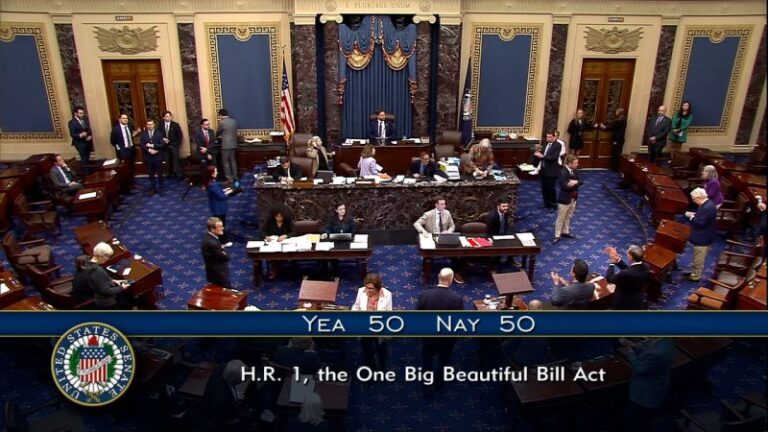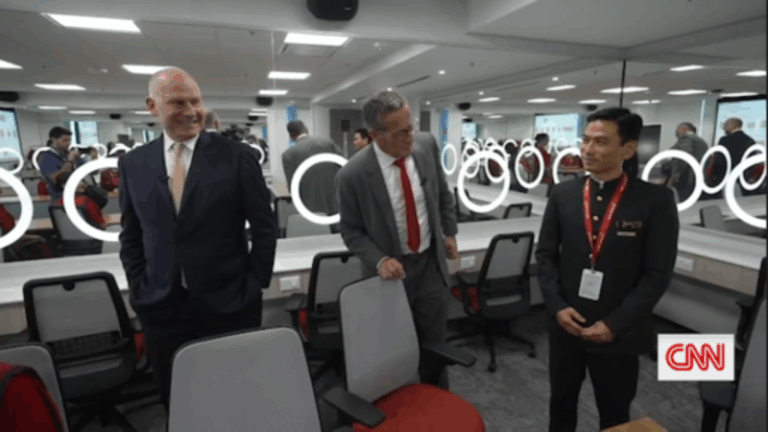President Donald Trump signed an executive order on Monday lifting most of the United States’ economic sanctions on Syria, a move that aligns with a commitment he made to the country’s new interim leader. The order emphasizes that the US is “committed to supporting a Syria that is stable, unified, and at peace with itself and its neighbors.”
This decision marks a significant shift in US foreign policy, as sanctions have been a cornerstone of the American approach to Syria for years. The lifting of these sanctions is expected to have profound implications for both the Syrian economy and the geopolitical landscape of the Middle East.
Background and Context
The sanctions, initially imposed in response to the Syrian government’s actions during the civil war, have long been a point of contention. They were designed to pressure the Syrian government into compliance with international norms and to curb human rights abuses. However, critics have argued that the sanctions have disproportionately affected Syrian civilians, exacerbating the humanitarian crisis.
The announcement comes as Syria’s new interim leader seeks to rebuild the war-torn nation. The US’s decision to ease economic restrictions is seen as a gesture of goodwill and a step towards normalizing relations with the Syrian government.
Expert Opinions and Reactions
According to Dr. Lina Khatib, director of the Middle East and North Africa Programme at Chatham House, “The lifting of sanctions could provide much-needed relief to the Syrian economy, but it also risks empowering the very regime the sanctions were meant to weaken.”
Meanwhile, some US lawmakers have expressed concern over the potential consequences of this policy shift. Senator Lindsey Graham stated, “While I understand the humanitarian rationale, we must ensure that lifting sanctions does not embolden the Assad regime or undermine our strategic interests in the region.”
Historical Parallels and Implications
This development follows a historical pattern where the US has used sanctions as a tool of foreign policy, only to later lift them in pursuit of diplomatic goals. Similar scenarios have played out in countries such as Iran and Cuba, where sanctions were eased in exchange for concessions or diplomatic engagement.
The move represents a potential turning point in US-Syria relations, with the possibility of increased economic cooperation and dialogue. However, it also raises questions about the future of US influence in the region and the balance of power among Middle Eastern nations.
By the Numbers
The Syrian economy has contracted by over 70% since the start of the civil war, with unemployment rates soaring above 50%. Lifting sanctions could help reduce these figures, but the path to recovery remains fraught with challenges.
Looking Ahead
The lifting of sanctions is likely to have immediate economic effects, potentially attracting foreign investment and aiding in reconstruction efforts. However, the long-term impact will depend on Syria’s political stability and the international community’s response.
As the situation unfolds, the US will need to carefully navigate its role in Syria’s future, balancing humanitarian concerns with strategic interests. The decision to lift sanctions is just the beginning of a complex diplomatic journey that will require ongoing assessment and adjustment.
In the coming months, all eyes will be on Syria and the US’s next steps in this evolving geopolitical landscape. The international community will be watching closely to see how these changes affect the broader Middle Eastern region and the prospects for lasting peace.




















